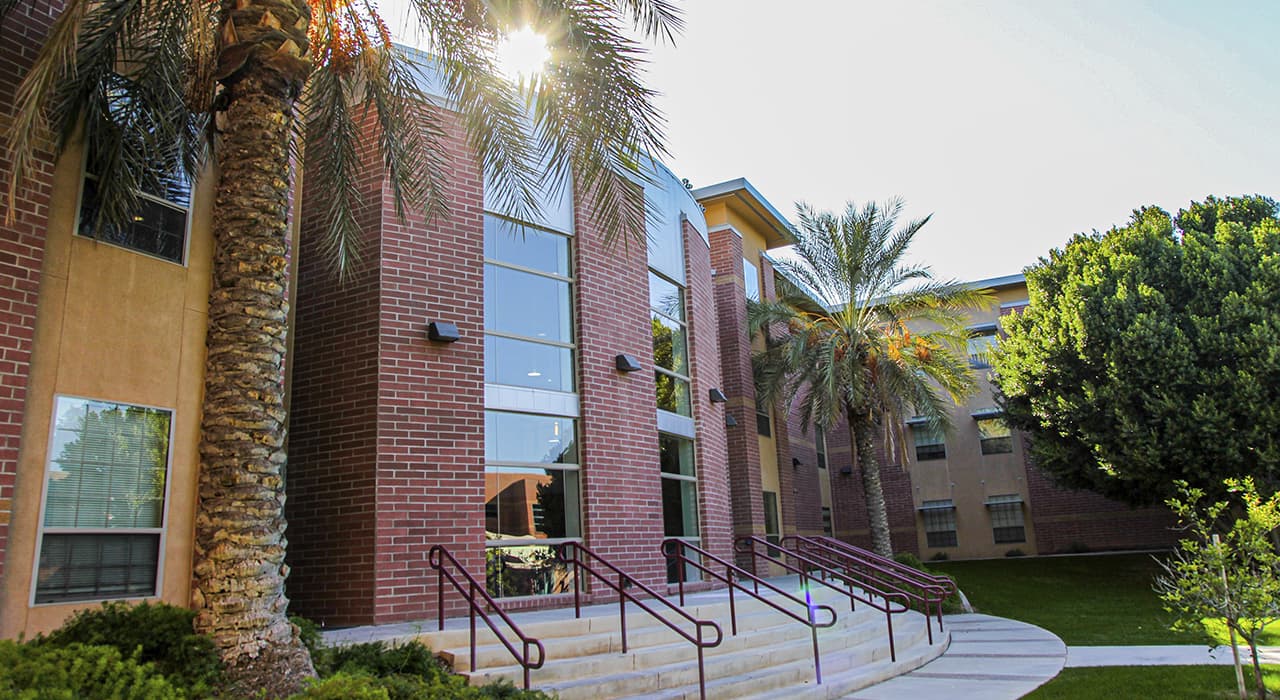A south-eastern suburb of Phoenix, Mesa was founded by Mormons who used the ancient Hohokam canals for irrigation. Lined in a grid pattern with streets 40 metres wide, the town became the centre of an agricultural and fruit-growing region that arose from the reclamation of the Salt River.
Mesa is a suburb located about 32 km east of Phoenix, Arizona. Two airports, Phoenix Sky Harbour International Phoenix-Mesa Gateway, are not far from Mesa. Several local highways serve the area, such as US Route 60, which can connect Apache Junction and Phoenix. Also SR 87 and Bypass Loop 101, which skirts the western edge of the city as Price Highway, and Bypass Loop 202, which bypasses the city from the north and east. The main east-west thoroughfare in Mesa, Main Street, serves the downtown area.
The history of Mesa begins with the Hohokam culture, which existed between 300 and 1500. Peaceful Native American farmers transformed the desert into an oasis of green land by building an intricate network of canals over 200 km long (in use today). They would disappear from the area but leave a legacy of enriched soil that would sustain agriculture centuries later.
When the Spaniards crossed the Salt River intending to settle in southwestern Arizona, the Apache Indians met them quite unfriendly and drove them out, continuing to live in the region until the 18th century. During the Civil War the government seized parts of Arizona after widespread clashes between natives and European settlers.
The 85 brave Latter-day Saints from Utah and Idaho, discovering the irrigation canals left by the Hohokam culture, cleared them, settled on the fertile land and began to breed and multiply.
The mesa was founded in 1878 and registered in 1883. In Spanish “mesa” means “plateau”, which of course does not connect the name with the computer game Black Mesa. The first settlers built houses on the plateau above the surrounding area.
In 1891, veterinary surgeon Alexander John Chandler bought 80 acres of land south of Mesa in the Salt River Valley and used heavy machinery to clear and widen irrigation canals so they could be used more efficiently. By the turn of the century, Chandler had increased the area by a factor of 100 and was already sitting on 18,000 acres of land.
When restrictions were announced that each landowner could only irrigate 160 acres, Chandler enlisted the support of his ranch units and sold the plots. It was Chandler who introduced the first power plant, and in 1917, when the municipal government bought it, Arizona and Mesa became one of the first places to have such a utility. By 1940, Mesa was already a bustling and lively town.
By now there were 7,000 Tohono-O’odam Indians settled in Mesa. Hispanics, Chinese and Japanese have brought their cultures with them, built businesses and started farming the land. With a population of over 508,000 people, Mesa may be the 37th largest city in the USA.
